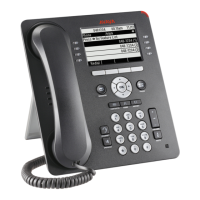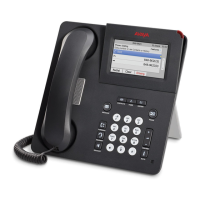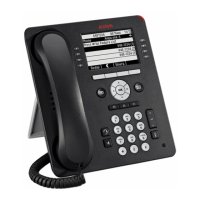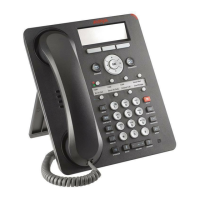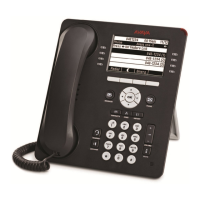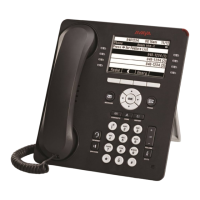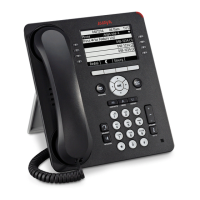Operational Errors and Status Messages
Issue 1 August 2010 71
The telephone works, but the
audio quality is poor, specifically:
the user hears echo
when speaking on a
handset.
CAUSE: Echo from digital-to-analog conversion
on your Avaya Media Server trunk.
RESOLUTION: Verify which trunk is causing
the echo, and swap the trunk’s Trunk
Termination parameter on the call server.
the user hears echo
on a headset, but not
on a handset.
CAUSE: Improper headset cord.
RESOLUTION: Ensure that an HIS cord is
being used.
the user is on Speaker
and hears no echo,
but the far-end hears
echo.
CAUSE: Room acoustics.
RESOLUTION: Ensure that there are six inches
or so of blank space to the right of the
telephone. If that is insufficient, use the handset.
the user experiences
sudden silences such
as gaps in speech, or
static, clipped or
garbled speech, etc.
CAUSE: Jitter, delay, dropped packets, etc.
RESOLUTION: You can have the user provide
diagnostic data by invoking the Network
Information feature under the A (Avaya) button
on the telephone. One or more Quality of
Service (QoS) features should be implemented
in the network as covered in Chapter 3:
Local
Administrative (Craft) Options.
CAUSE: Improper non-Category 5 wiring.
RESOLUTION: Replace non-Category 5 wiring
with Category 5 wiring.
the user hears
fluctuations in the
volume level which
are worse when the
Speaker is on, or at
the beginning of a
call, or when a call
goes from no one
talking abruptly to a
loud voice.
CAUSE: The user has changed the Automatic
Gain Control (AGC) or environmental acoustics
are not consistent with the current audio
settings.
RESOLUTION: Try different on/off settings for
the AGCHAND, AGCHEAD, and AGCSPKR
parameters.
The telephone works properly except for the
Speaker.
CAUSE: The Speaker was turned off at the call
server.
RESOLUTION: Administer the call server to
allow that station’s Speaker to operate. If that
does not work, do a self-test on the telephone,
as explained in the S
elf-Test Procedure on
page 51.
The telephone works properly, except
incoming DTMF tones are not received.
CAUSE: The TN2302AP board does not pass
in-band DTMF tones.
RESOLUTION: None; the board is operating as
designed.
Table 4: Operational Error Conditions for 9600 Series IP Deskphones (continued)
Condition Cause/Resolution
3 of 6
